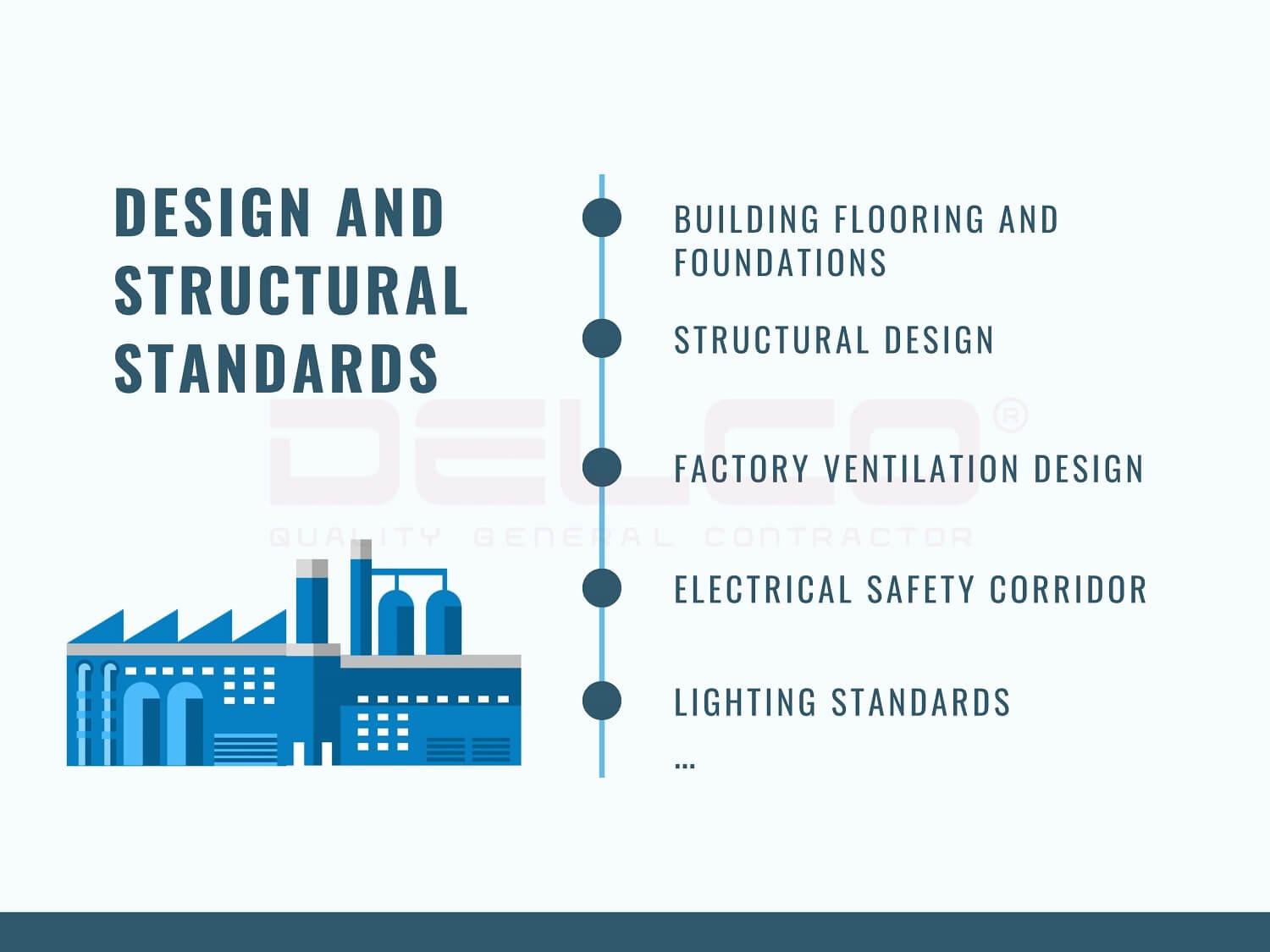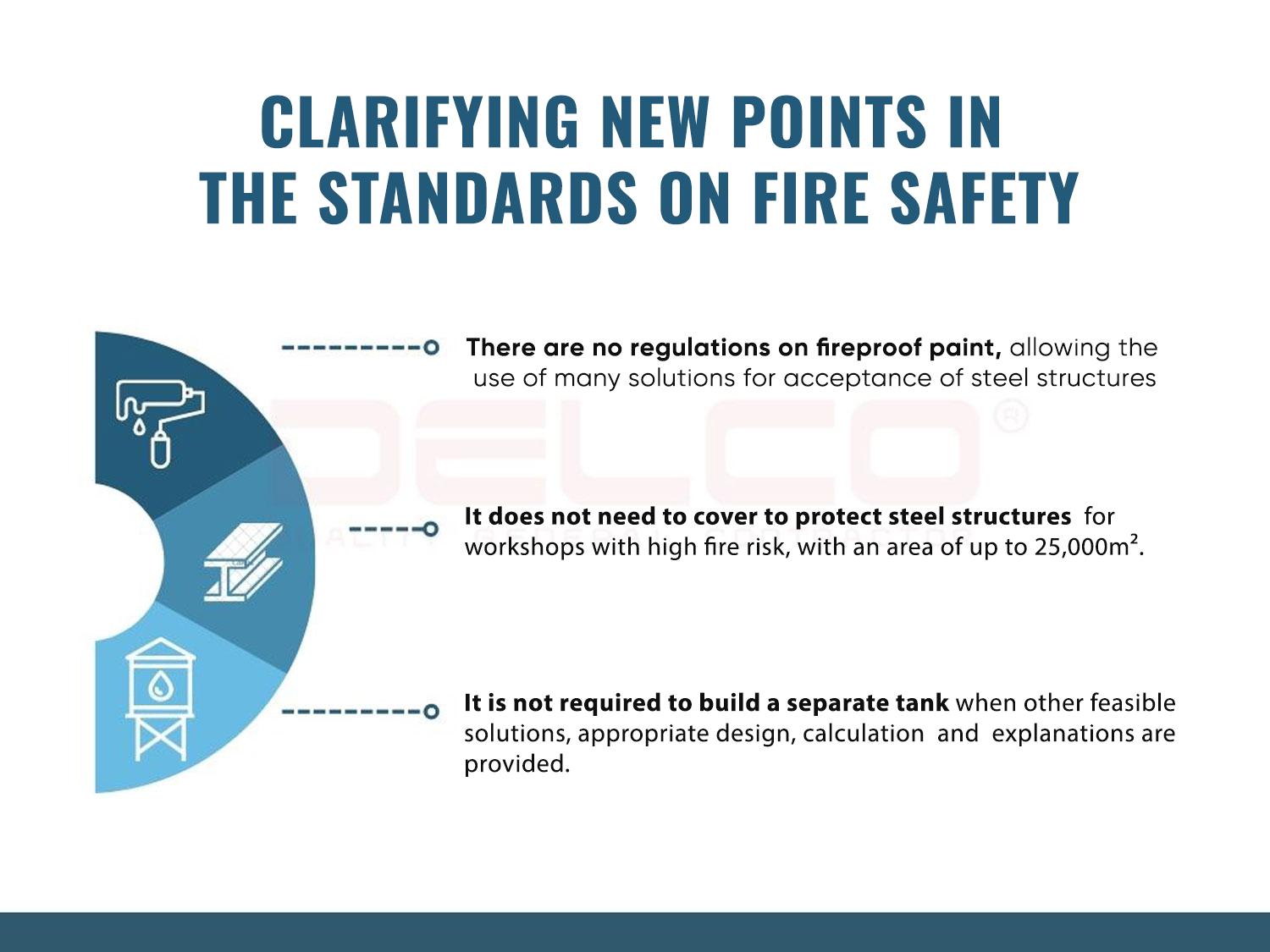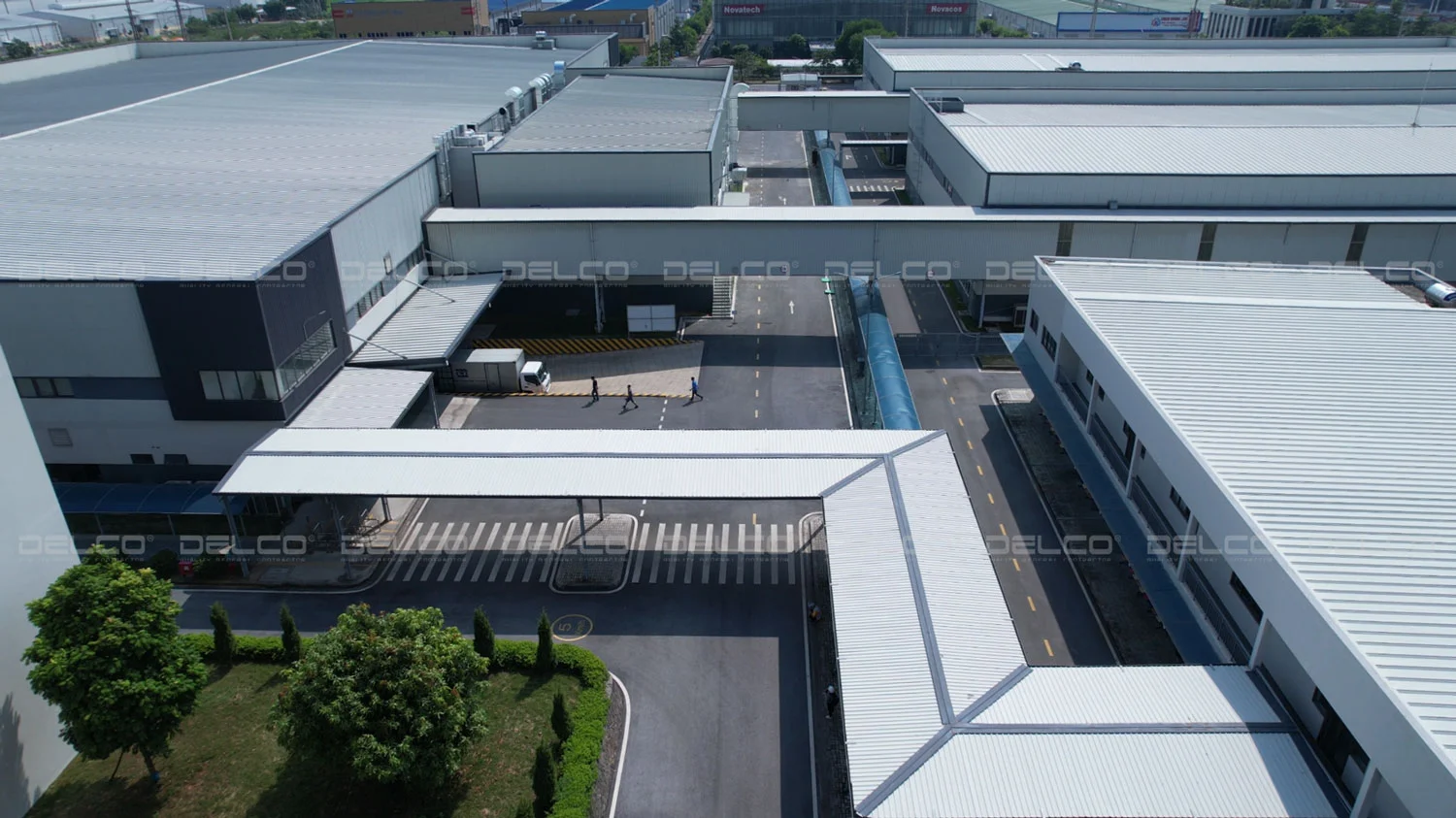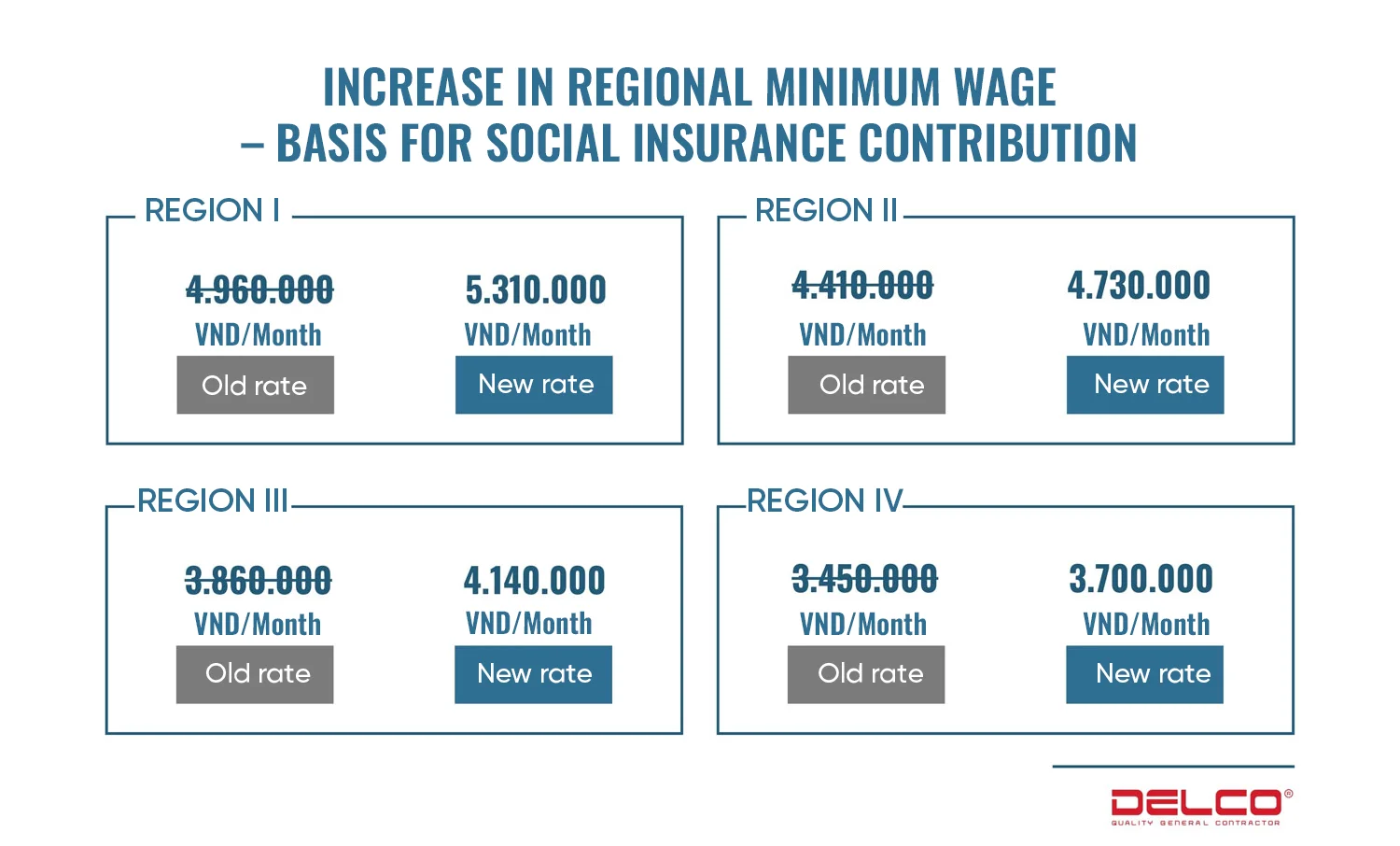Factory construction is an important first step for every enterprise owner implementing an investment project. Understanding factory construction standards and regulations in Vietnam will help investors not be confused in procedures, save time, costs and optimize investment efficiency.

4 mandatory standards that must be complied with during the design, construction and operation of factories in Vietnam include:
- Regulations on factory construction planning
- Standards on factory design and structure
- Technical regulations on fire safety
- Regulations on environmental protection
These regulations directly affect the appraisal, issuance of a construction permit, acceptance of fire protection, issuance of an environmental permit and operating permit for the project. The investor is required to clearly understand the regulations to ensure the legality of the project, ensuring legal rights and interests during the construction and operation of the factory.
Regulations on factory construction planning
The investor cannot use 100% of the land fund to construct workshops, but must divide and plan the area for workshops as well as for trees and other auxiliary items, etc.

QCVN 01:2021 Regulations on Factory Construction Planning regulating the net construction density of the land lot for factory construction, i.e., the maximum ratio of land-occupied area by main architectural works to the land lot area is 70%. For factory construction land lots with more than 5 floors used for production, the maximum net construction density is 60%. The minimum ratio of green trees in factory construction land lots must be at least 20%.
In addition, each specific industrial park will have different requirements for factory construction planning, fences, gates, detailed setbacks, etc. Many industrial parks regulate construction setbacks according to QCVN. 01:2021 where the minimum setback is 3-6m to ensure fire safety and create open spaces for industrial parks. Thang Long Industrial Park (Hanoi) has its own requirement for the construction setback of 10m to ensure the infrastructure standards of the whole area. Besides, Tan Phu Trung Industrial Park (Ho Chi Minh City) requires that constructed workshops must agree on a common design for fences and doors to ensure aesthetics for the whole industrial park, etc.
The investors should carefully study the general regulations of Vietnamese laws and the specific requirements of each industrial park to deploy the projects on investment in constructing factories in Vietnam in the most convenient manner.
See more: Notes when choosing land for factory construction
Standards on factory design and structure
The promulgated workshop design standards clearly and strictly stipulate each work item in terms of the geological conditions of the works, appropriate foundation treatment measures and design standards for reinforced concrete structures, steel structures, ventilation, electrical safety corridors and lighting, etc.

Current standards TCVN 5547-2018 and TCVN 4453-1995 regulate drilling surveys and workshop foundation design to ensure sustainability and safety to support the entire load of the factory.
Factory construction standards related to technical design – construction of mechanical and electrical systems are set to ensure safety during construction and operation, determining the production capacity of the factory.
Vietnamese Standard TCVN 7114:2008 and National Regulation: QCVN 09:2013/BXD regulate workshop lighting systems:
- The Color Rendering Index (Ra) is from 60 – 100 for each working area;
- Lighting should always ensure safety for employees, not cause dazzling and bring high working efficiency.
TCVN 9208:2012 gives many requirements and regulations on cable installation, preventing cables from being damaged, or causing dangerous mechanical forces to the cables during assembly and operation:
- Cables must have a backup length of 1% to 3% (laid in a snake-crawling pattern);
- It is forbidden to lay backup cables in a looped (spiral or spring) pattern;
- When placing new cables next to operating cables, measures must be taken not to damage the operating cables, etc.
When designing a factory – workshop, the investors should learn all factory construction regulations to be able to control and ensure the design – construction quality of the project.
Technical regulations on fire safety
National technical regulations on fire safety for buildings and works (QCVN 06: 2022/BXD) effective from January 16, 2023 with a few new points related to factory construction investment in Vietnam were clarified by the Ministry of Construction in May:

- Regulation 06 does not regulate fireproof paint. For the workshop’s steel structures, it allows other solutions so that the fire police can approve and accept them without complicated testing and evaluation.
- According to the regulation, the workshops covering an area of up to 25,000m2 with high fire risk are not required to protect steel structures. Therefore, most of Vietnam’s current workshops are not required to protect steel structures.
- Regulation 06 does not specify which buildings must be equipped with fire water supply systems inside and outside the buildings, but allows other solutions. In some cases, it is required to build a tank with a moderate volume only, in combination with additional pumps or production water, without a separate tank when other feasible solutions and appropriate design, calculation and explanations are provided.
QCVN 06:2022 is one of the important factory construction regulations directly related to the approval and acceptance of factory projects with the authorities, affecting the progress of putting the factories into operation.
Regulations on Environmental Protection

The Law on Environmental Protection 2020 regulates the environmental protection responsibility of enterprises investing in constructing factories in Vietnam. Accordingly, factories that want to start production operations must comply with the regulations on environmental protection:
- Projects are divided into 4 groups and managed according to the environmental criteria: project scale, production capacity, environmentally sensitive factors. Group I projects with a high risk of negative impact on the environment must carry out environmental impact assessment (EIA) reporting procedures.
- Projects with waste treatment facilities, after being granted an environmental permit, must carry out a test run to evaluate their suitability and meet environmental technical regulations and factory construction regulations. The common output wastewater regulation is type B TCVN.
- The factories must carry out periodic environmental monitoring and report on environmental protection work once a year to the agency granting environmental permit or the agency receiving environmental registration, in order to monitor environmental quality, manage hazardous waste, protect the environment and reduce pollution.
Above is a system of 4 mandatory regulations that are applied to construction of a factory in Vietnam. With more than 15 years of experience in the field of industrial construction, DELCO always actively updates the latest regulations and advises the investors on design – construction options strictly complying with factory construction regulations and current legal regulations, helping the factories put into production as planned.
See more: Procedures for granting a factory construction permit in Vietnam
— The article is prepared by DELCO® Construction’s content team. Copyright of the article on the website delco-construction.com belongs to DELCO® Construction. Please not copy or edit any content without written consent from DELCO®. —






